Introduction
Taking your dog for a walk should be a delightful experience, not a stressful one. Leash training is essential not only for your dog's safety but also for creating a harmonious bond between you and your pup. Whether you’re a new dog parent or looking to improve your dog's leash manners, this guide will provide you with practical tips and techniques.
Understanding Your Dog
Before diving into leash training, it’s important to understand your dog’s breed, behavior, and temperament. Some breeds are naturally more inclined to follow commands, while others may require a bit more patience. Setting realistic expectations based on your dog's unique traits will make the training process smoother.
Choosing the Right Equipment
Selecting the Right Leash
The first step in leash training is choosing the appropriate leash. A standard 4 to 6-foot leash is ideal for training purposes as it gives you control while allowing some freedom for your dog to explore.
Choosing a Suitable Collar or Harness
A well-fitted collar or harness is crucial. While collars are suitable for most dogs, some breeds, especially those prone to pulling, might benefit from a harness. Ensure it’s snug but not too tight to prevent discomfort or injury.
Importance of Proper Fit
Check the fit of the collar or harness regularly, especially for growing puppies. You should be able to slip two fingers between the collar and your dog’s neck.
Preparation Before the Walk
Mental and Physical Preparation
Before heading out, make sure your dog has expended some energy. A short play session can help. Additionally, ensure your dog is calm. A hyperactive dog can make leash training more challenging.
Creating a Calm Environment
Choose a quiet time for the first few training sessions to minimize distractions. A calm environment helps your dog focus on you and the training process.
Introducing the Leash
Getting Your Dog Comfortable with the Leash
Let your dog sniff and explore the leash. Clip it on their collar and let them walk around the house with it, so they get used to the feeling.
Positive Associations with the Leash
Make the leash a positive object by associating it with treats and praise. Every time you put the leash on, reward your dog to create a positive connection.
Basic Commands for Leash Training
Teaching "Sit" and "Stay"
Before venturing outside, ensure your dog knows basic commands like "sit" and "stay." These commands are fundamental for effective leash training.
Importance of "Heel" Command
The "heel" command instructs your dog to walk beside you. Start practicing this indoors with minimal distractions before trying it outside.
Starting Indoors
Practicing in a Controlled Environment
Begin leash training in a familiar, controlled environment. Walk around your home, encouraging your dog to follow you while on the leash.
Gradual Introduction to Distractions
Once your dog is comfortable indoors, slowly introduce mild distractions like toys or other family members to prepare for outdoor walks.
Moving Outdoors

Choosing the Right Location
Select a quiet area for your first outdoor walks. Gradually increase the complexity of the environment as your dog becomes more confident on the leash.
Managing External Stimuli
Be prepared for distractions like cars, other dogs, and people. Keep your dog focused on you using treats and verbal encouragement.
Dealing with Common Issues
Pulling on the Leash
If your dog pulls on the leash, stop walking and wait until they return to you. Reward them for coming back. This teaches that pulling leads to no progress.
Stopping Suddenly
Some dogs may stop suddenly during a walk. Encourage them to continue by using a cheerful voice and gentle tugging on the leash.
Lunging at Distractions
For dogs that lunge at distractions, work on the "leave it" command. Practice in low-distraction environments and gradually increase the difficulty.
Positive Reinforcement Techniques
Using Treats and Praise
Reward your dog frequently during the initial stages of training. Treats and praise are powerful motivators that reinforce good behavior.
Consistency and Patience
Consistency is key. Stick to the training routine and be patient. Every dog learns at their own pace, and persistence will pay off.
Advanced Training Tips
Introducing New Environments
As your dog becomes proficient in basic leash walking, introduce them to different environments like parks, busy streets, and trails to enhance their training.
Lengthening the Walks
Gradually increase the duration of your walks. This helps build your dog's stamina and reinforces the training.
Safety Tips
Watching for Hazards
Always be on the lookout for potential hazards like broken glass, harmful plants, or aggressive dogs. Keeping your dog safe is paramount.
Importance of Hydration
Carry water, especially during long walks or in hot weather. Ensure your dog stays hydrated to prevent overheating.
Building a Routine

Consistent Walk Times
Establish regular walk times to create a routine. Dogs thrive on consistency and knowing when to expect their walks can improve their behavior.
Making Walks Enjoyable
Keep walks enjoyable by varying routes and allowing your dog time to sniff and explore. A happy dog is more likely to behave well on the leash.
Troubleshooting
Addressing Persistent Problems
If you encounter persistent problems despite your best efforts, consider consulting a professional dog trainer for personalized advice.
When to Seek Professional Help
Some issues may require expert intervention. Don't hesitate to seek professional help if you're struggling with certain aspects of leash training.
Conclusion
Leash training takes time, patience, and consistency, but the rewards are worth it. By following these steps, you'll soon enjoy pleasant walks with your well-behaved dog. Remember, every dog learns at their own pace, so be patient and keep training fun and positive.
FAQs
How long does it take to leash train a dog?
Leash training can take a few weeks to several months, depending on the dog’s age, breed, and temperament. Consistency and patience are key.
What if my dog is scared of the leash?
If your dog is scared of the leash, introduce it gradually. Let them sniff it and reward them for calm behavior. Never force the leash on them.
Can I use a retractable leash for training?
Retractable leashes are not recommended for training as they can encourage pulling. A standard leash offers better control.
What should I do if my dog pulls on the leash?
If your dog pulls on the leash, stop walking and wait for them to return to you. Reward them when they come back. Consistent practice will reduce pulling.
How can I make leash training fun for my dog?
Use treats, praise, and play to make leash training enjoyable. Keep sessions short and positive to maintain your dog’s interest and enthusiasm.


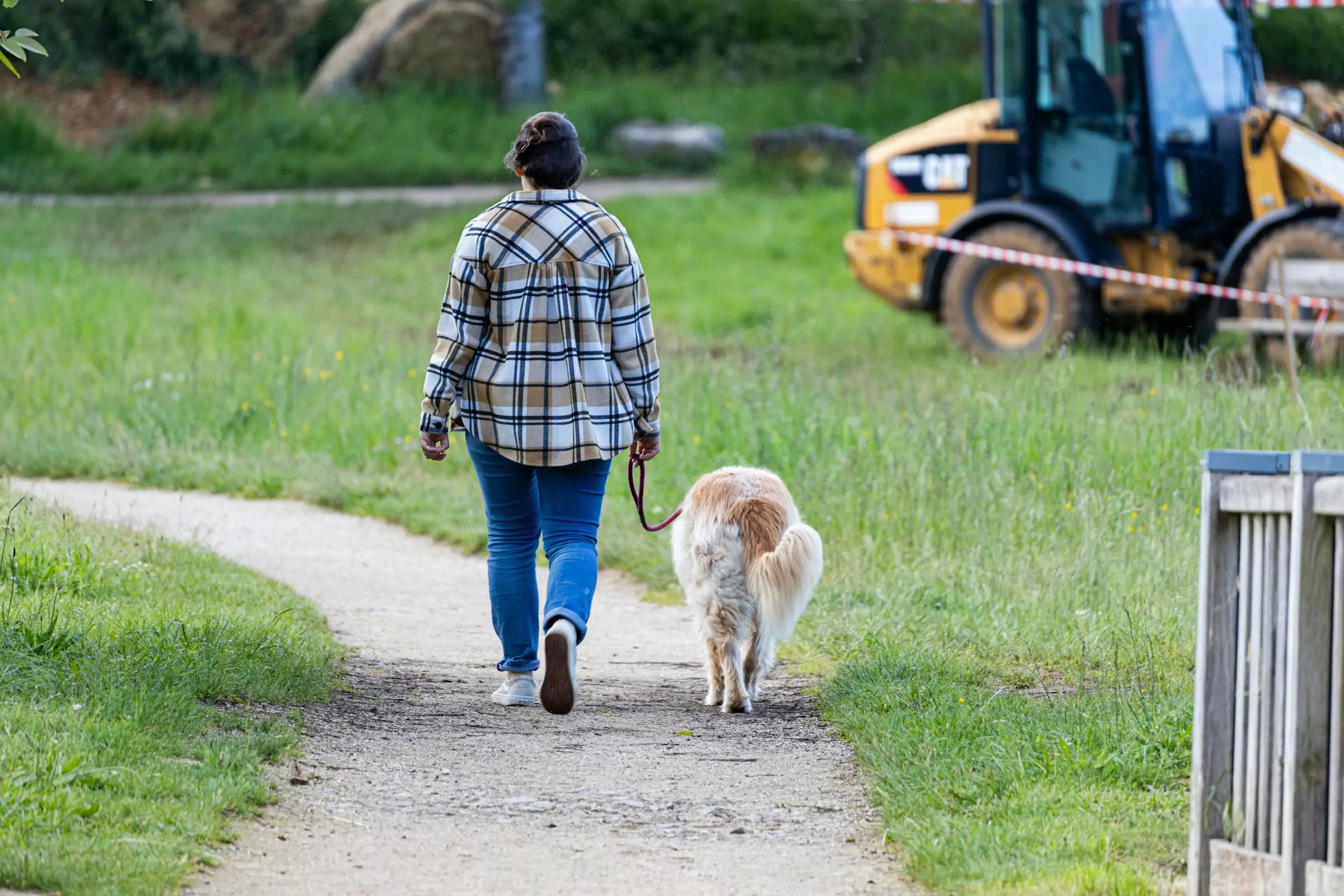


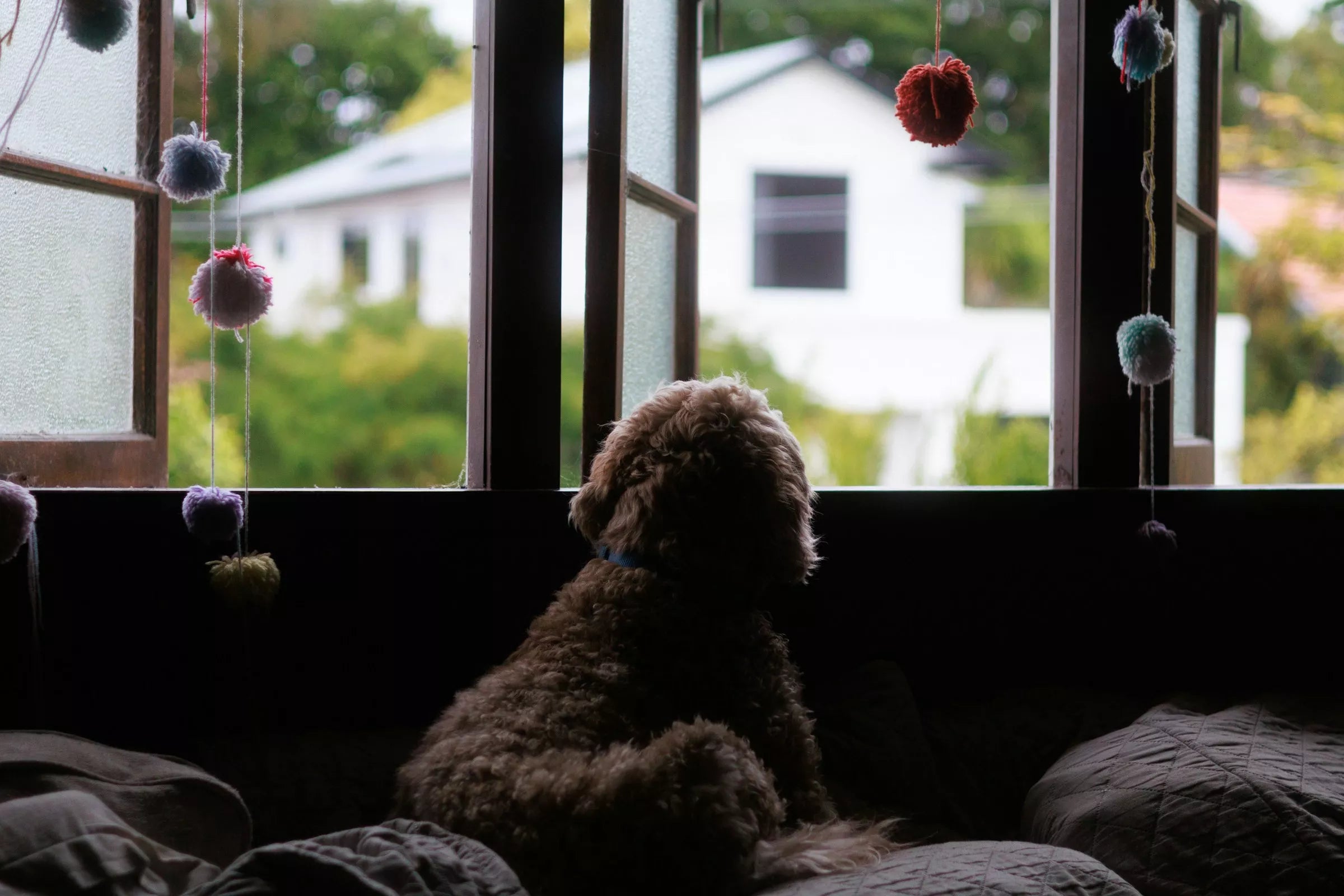
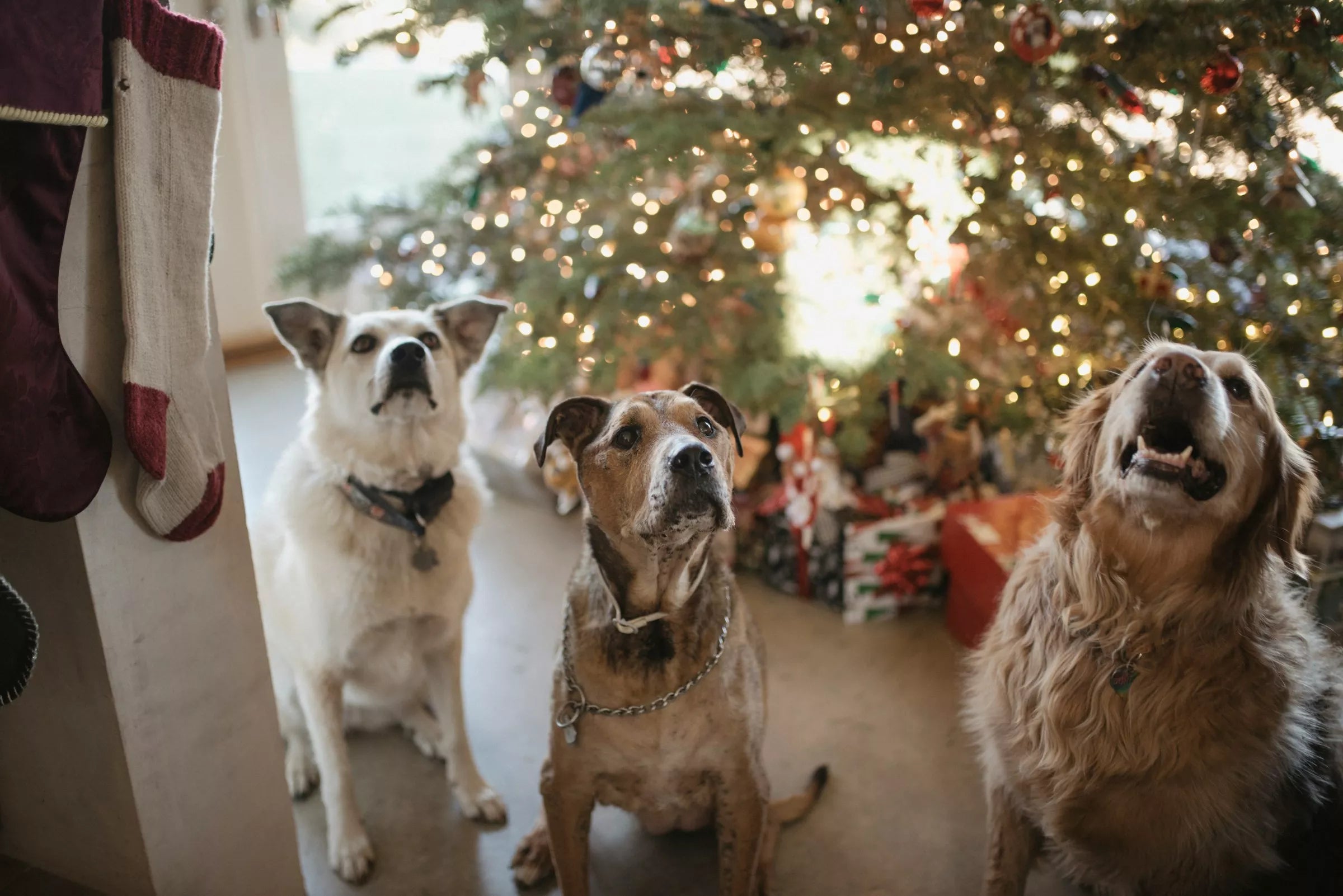
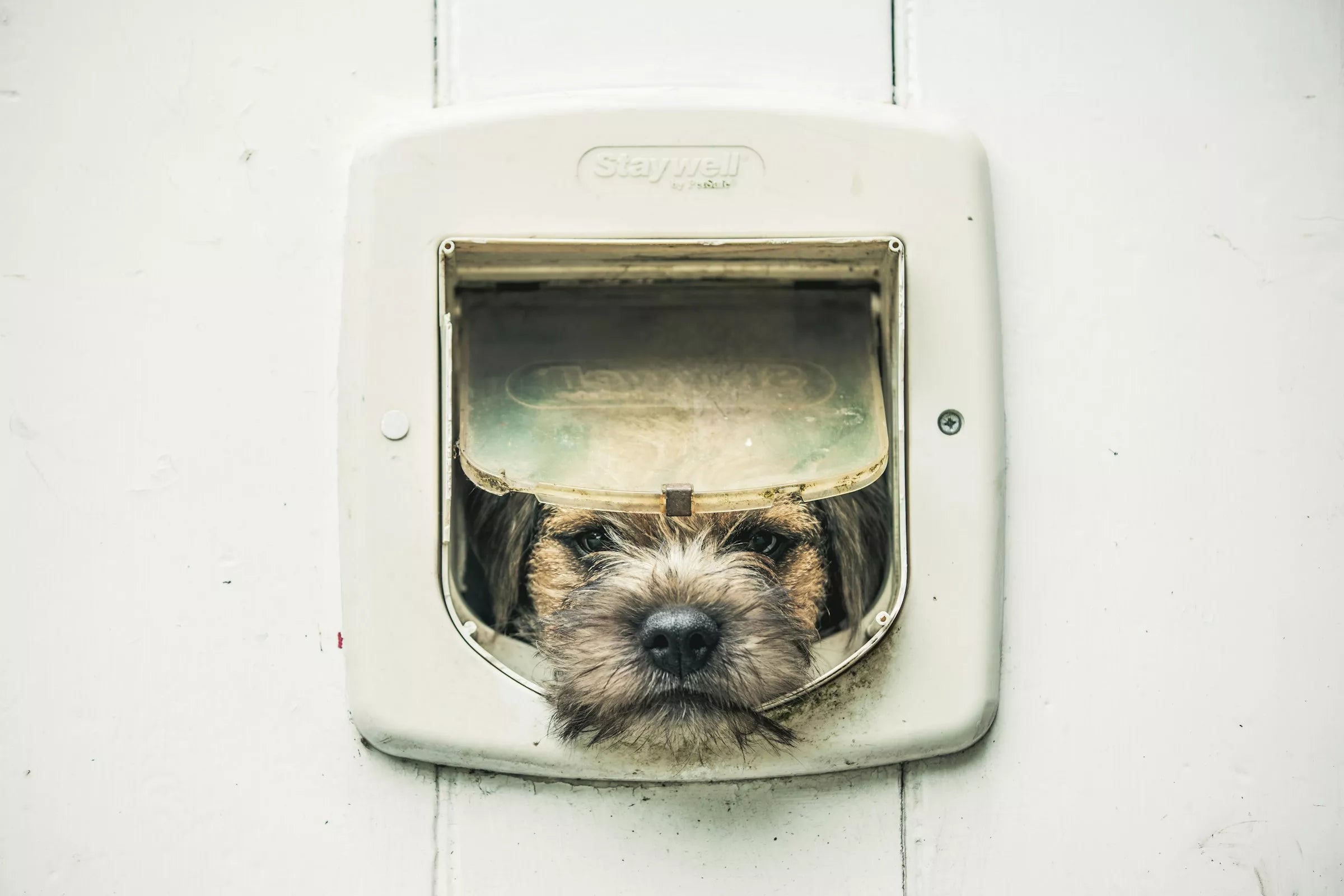
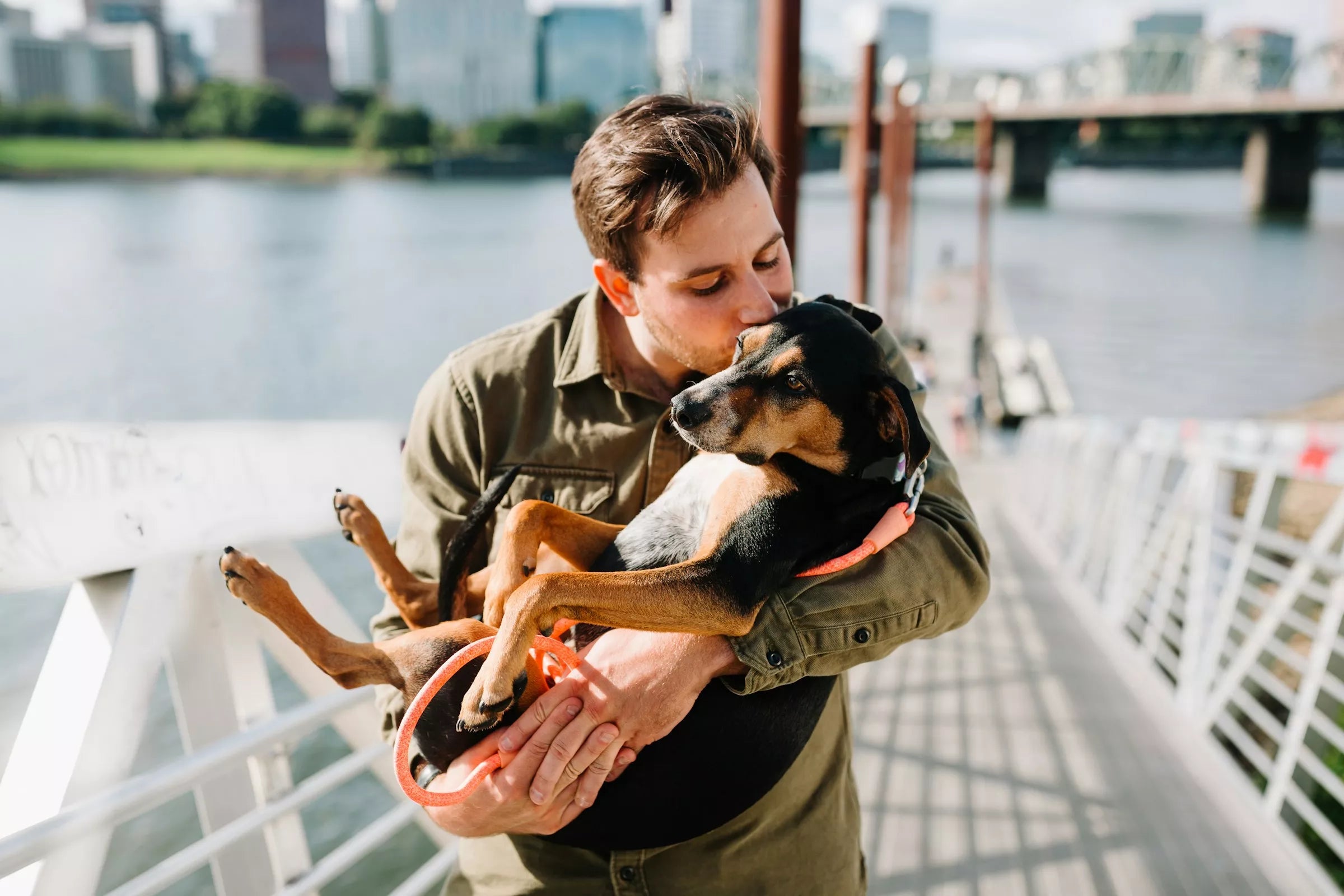
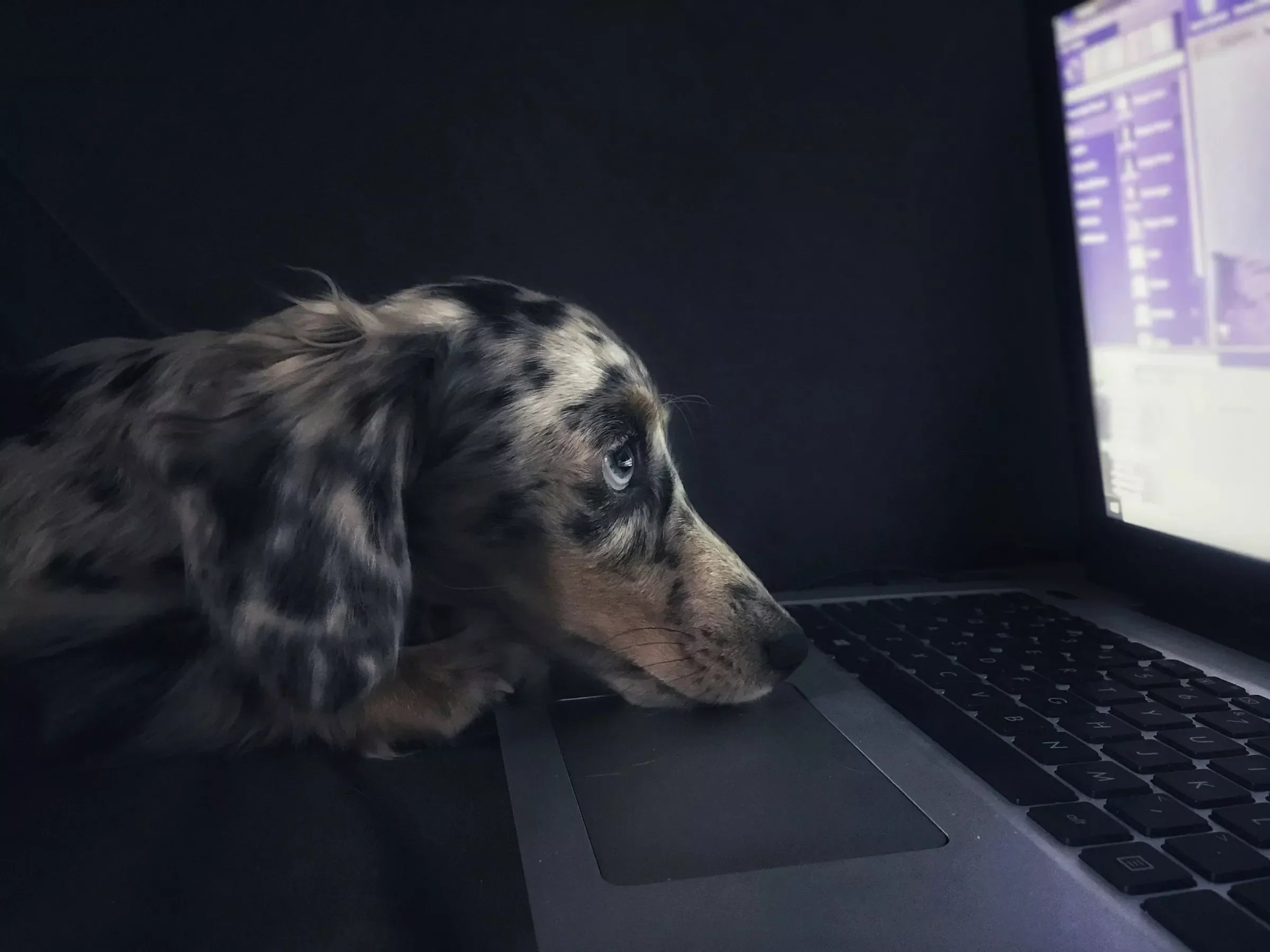






Share:
Keep Your Dog Calm and Happy During Fireworks
What to Do if Your Dog Has Bad Breath